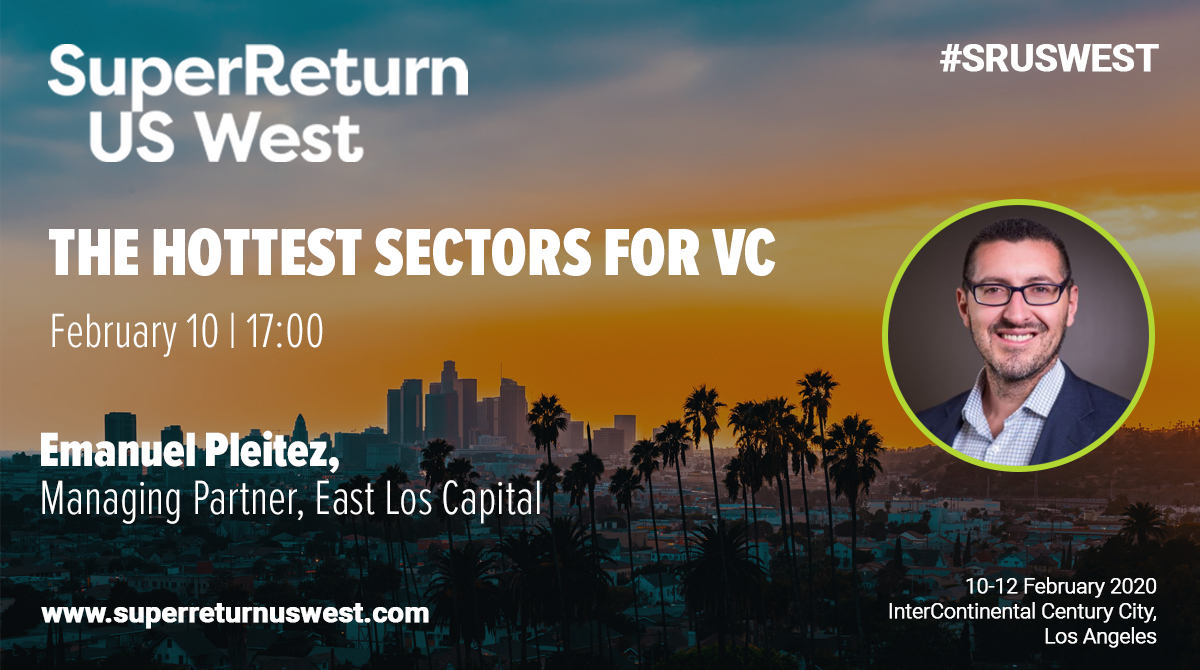Learn from East Los Capital about Cloud Infrastructure and Services
My partner, Anthony Valencia, and I will be leading a discussion on Cloud Infrastructure and Services at this year’s SuperReturn US West in a few weeks as part of their Hottest Sectors for VC. This sector is not just hot in VC, but in investing in general.
Anthony has been a research analyst in this space since the early 2000s and has had responsibility for top 10 and sometimes top 5 multi-billion dollar positions in companies like Amazon and Google. I have experience at my prior firm, Sunstone Partners, mapping out the cloud market and being part of the Onica investment story from when it was sleepy CorpInfo in Santa Monica to acquiring and integrating companies in other countries to becoming one of the top AWS Partners globally. Congrats to Stephen Garden and the team for joining Rackspace last month!
East Los Capital is excited to be working with capital providers as an independent sponsor to find and evaluate opportunities in the high growth cloud market. Without stealing SuperReturn’s thunder and giving away the content we are delivering at our session, here’s a sneak peek or at least an intro to cloud for those who may not be as steeped in the cloud industry.
According to the U.S. National Institute of Standards and Technology (NIST), the four separate criteria for a cluster of computers to be considered a cloud are (mind you this is for government to have an actual definition):
- They must be able to utilize virtualization (the ability for software to perform like hardware) to pool together the computing capability of multiple processors and multiple storage devices into single, contiguous units.
- The workloads that run on these resource pools must not be rooted to any physical location.
- The resource pools that run these workloads must be capable of being provisioned through a self-service portal (usually the web).
- All services must be made available on a per-use basis as opposed to a one-time or renewable license.
Why consumers move to the cloud:
- Information is available anywhere and on any device
- Safety and security, an always-on backup
- Less expensive computing resources needed
- Mobile friendly
- Low cost storage
Why corporates move to the cloud:
- Lower CAPX requirements as on-premise data centers go away
- Pay for only what you use
- Sophisticated big data, artificial intelligence (AI)/machine learning (ML) capabilities
- Businesses can quickly provision computing resources and better utilize capacity for variable workloads
- Reduces the administrative burden of IT departments, freeing them to work on new projects rather than spending time on general system upkeep
Cloud deployment models:
- Public: computing services offered by 3rd party providers over the Internet – top vendors are AWS, Azure & Google
- Private: a form of cloud computing that is used by only 1 organization – some computing resources may be hosted on-premise
- Hybrid: a mix of public and private clouds which may also be hosted by multiple vendors at the same time – the multi-cloud approach is being enabled by virtual machines and containers
More to come at SuperReturn US West or maybe another post if I feel like it to give you some more to chew on. Ultimately, we’re still early in this market’s maturation as only a small amount of all IT workloads are actually being done in the cloud.
If you are an institutional investor or capital provider open to working with independent sponsors, please feel free to reach out and we could help get you up to speed. We would not want you to miss out when we are a quick phone call or a few keystrokes away.
East Los Capital
© 2024 East Los Capital
333 S Grand Ave, Ste 3310
Los Angeles, CA 90071
(213) 290-1270

